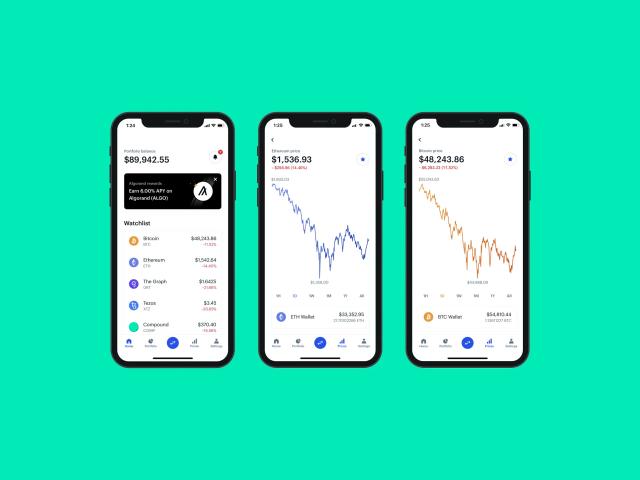
BEGINNER’S GUIDE
by: Towqeer gilkar

Crypto Lending and Borrowing: An Emerging Financial Model
In the ever-evolving landscape of financial services, the rise of cryptocurrency has paved the way for innovative models like crypto lending and borrowing. This emerging market segment is rapidly gaining traction, offering a digital alternative to traditional lending and borrowing practices. Crypto lending and borrowing leverage blockchain technology to facilitate loans, either in fiat currency or cryptocurrencies, using digital assets as collateral. This article delves into the intricacies of this financial model, its advantages, risks, and the future outlook.
Understanding Crypto Lending and Borrowing
Crypto lending and borrowing involve the use of cryptocurrencies or digital assets as collateral to secure loans. This market operates through platforms that connect borrowers with lenders, with the terms of the loan agreement executed via smart contracts on a blockchain.
How It Works
- Borrowing: Borrowers pledge their crypto assets as collateral to secure a loan. The loan can be in the form of fiat currency or another cryptocurrency.
- Lending: Investors lend their funds, either fiat or crypto, in return for interest payments. The interest rate can vary based on market demand, the platform, and the collateral offered.
- Smart Contracts: These automated contracts enforce the terms of the loan, including collateral management and interest payments.
Advantages of Crypto Lending and Borrowing
Accessibility
- Offers access to credit for those who might not have it through traditional banking systems, especially in regions with limited banking infrastructure.
Efficiency
- Blockchain technology streamlines the lending process, making it faster and more efficient than traditional methods.
Collateral Flexibility
- Cryptocurrencies can be used as collateral, providing a new use case for digital asset holders.
Potential for High Returns
- For lenders, the interest rates in the crypto lending market can be higher than traditional savings accounts or fixed deposits.
Risks and Challenges
Market Volatility
- The high volatility of cryptocurrencies can pose a risk to both borrowers and lenders. A sharp drop in crypto prices can trigger margin calls or liquidation of collateral.
Regulatory Uncertainty
- The crypto lending space is still navigating a complex and evolving regulatory landscape, which can pose risks for participants.
Security Concerns
- While blockchain technology is secure, crypto lending platforms themselves can be vulnerable to hacks and cyber attacks.
Counterparty Risk
- Reliance on the borrowing party to repay the loan poses a risk, especially in a relatively unregulated market.
The Role of DeFi in Crypto Lending
Decentralized Finance (DeFi) has played a significant role in the growth of crypto lending and borrowing. DeFi platforms operate without centralized intermediaries, using smart contracts on blockchains like Ethereum. They offer more transparency and can provide more competitive interest rates compared to centralized platforms.
The Future Outlook
The crypto lending and borrowing market is expected to grow as cryptocurrencies gain mainstream acceptance. Innovations in blockchain technology, the development of more stable digital assets, and clearer regulatory frameworks could further boost this sector. However, market participants must remain cognizant of the risks and challenges, particularly regarding market volatility and regulatory compliance.
Conclusion
Crypto lending and borrowing represent a significant shift in the traditional lending and borrowing paradigm, offering a more accessible, efficient, and flexible model. As the market matures and addresses its inherent challenges, it could become a key component of the broader financial ecosystem, offering a viable alternative to conventional financial practices.
Related Blogs
Our great way to help make people keep working for us is to invest in their overall job satisfaction by providing them with the perks and benefits they want most.




